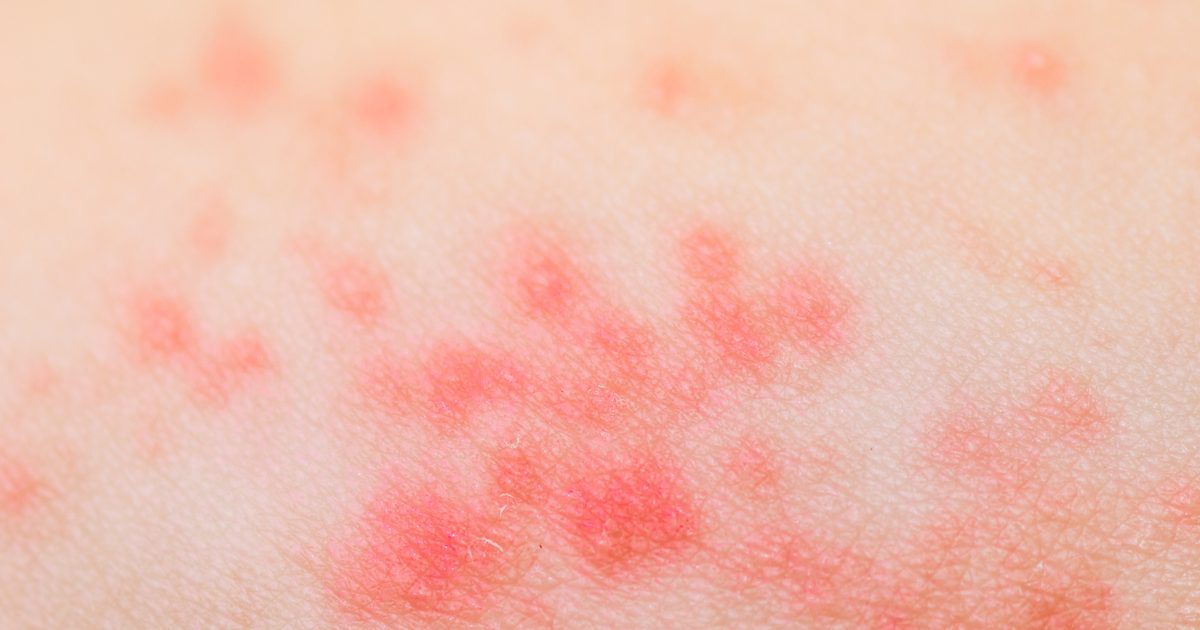Common Causes And Risk Factors Of Folliculitis
If an individual has been dealing with irritated skin recently, with symptoms such as red or white bumps, they're likely experiencing folliculitis, an unpleasant condition involving inflamed hair follicles. Not limited to the scalp, folliculitis can occur in multiple regions of the body, including the back. If individuals have hair on a body part, they're at risk for developing folliculitis there. The length of folliculitis cases depends on severity. Some cases can be extended to the point of causing lasting scars. Everyone should be aware of folliculitis and how it occurs. These are some of the common causes and risk factors of folliculitis.
Infectious Organisms

Though not as severe as something like meningitis or ebola, folliculitis is rooted in infection. Infectious organisms such as bacteria will affect hair follicles. In one type, known as hot tub folliculitis, bacteria from improperly treated hot tubs will spread. Exposure to staph bacteria can also cause problems if it's transferred via an injury, such as slicing a finger open and making contact with staph bacteria. To help avoid folliculitis, individuals should be aware of what they expose their body to. They should be especially mindful of cleaning and covering injuries as soon as possible. Individuals should also avoid any environments they believe could be infectious.
Uncover more folliculitis causes and risk factors now.
Irritating Chemical Substances

Just because something is advertised as a skincare product doesn't mean it can't cause irritation. Products, such as moisturizers, can contain irritating chemical substances, leading to folliculitis. Before starting any new moisturizer or other skincare product, individuals should be sure to check for testimonials and avoid products with a reputation for irritation. If someone starts experiencing symptoms of folliculitis after starting treatment with a new product, they should stop using it immediately. There are medications, including ones applied topically, which can help with folliculitis. Individuals just need to stay away from ones that will cause or exacerbate folliculitis.
Learn more about what can cause folliculitis now.
